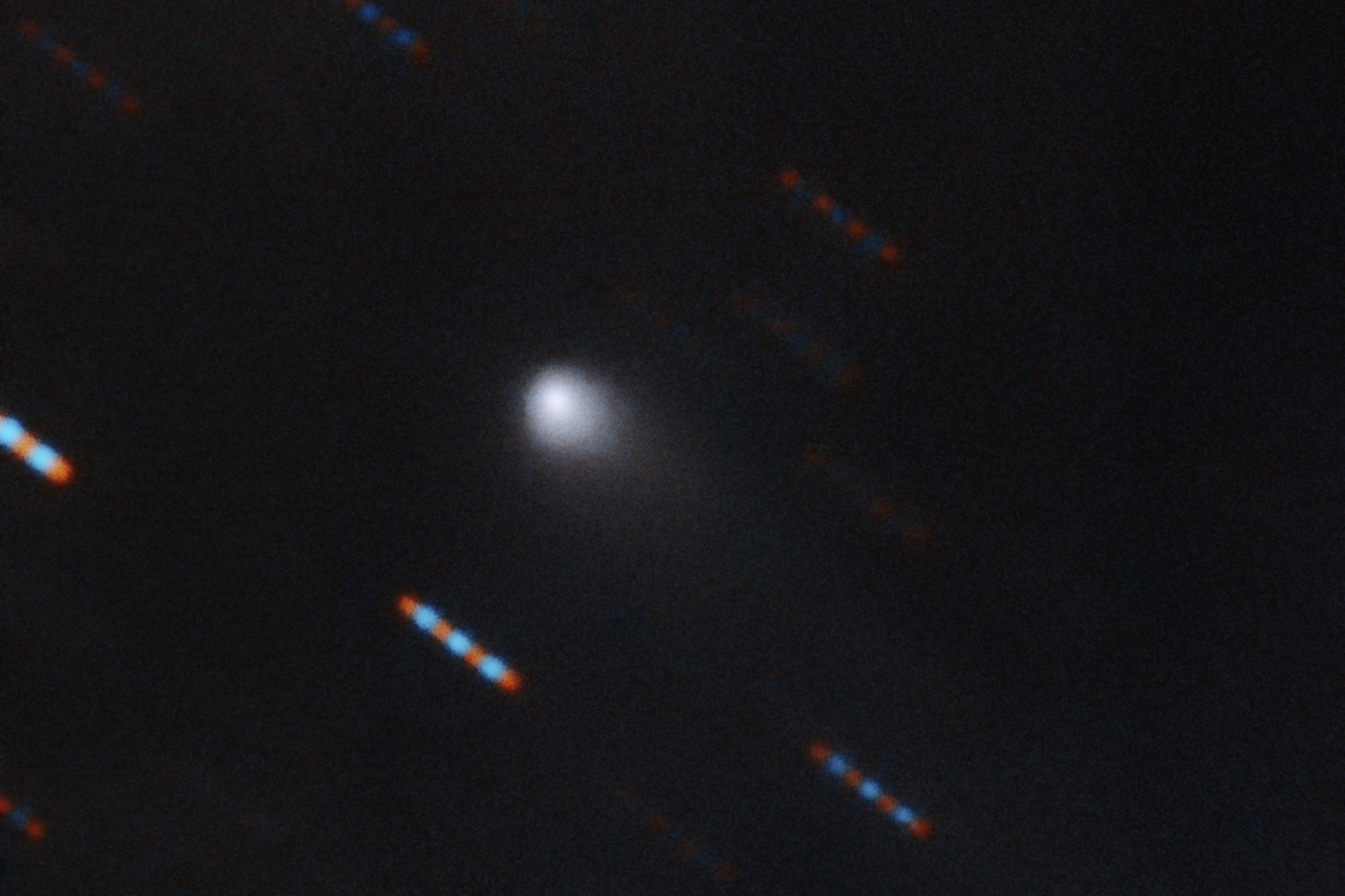
The interstellar comet that was discovered passing through our solar system on August 30 has been officially named 2I/Borisov.
The comet formerly known as C/2019 Q4 (Borisov) — a mouthful, to be fair — was discovered by amateur Ukrainian astronomer Gennady Borisov near the Gemini constellation. The International Astronomical Union (IAU) announced the official name on Tuesday.
The 2I comes from the fact that it is officially the second interstellar object to be discovered in our solar system, and the Borisov, of course, comes from the person who discovered it.
The IAU said that 2I/Borisov would come the closest to the sun on December 7. In December and January, the comet will be brightest in the southern region of the sky, before zooming out of our solar system and on to the next.
2I/Borisov is closer and will stick around for longer than the first interstellar object that was discovered in 2017, which was ‘Oumuamua. ’Oumuamua was already leaving our solar system when it was discovered — which means that Borisov could be a more promising a discovery since it’s headed our way.
According to the Gran Telescopio Canarias in the Canary Islands, 2I/Borisov is estimated to be about a few kilometers in its diameter, which is typical for your average comet.
Astronomers from the Gemini Observatory in Hawaii also captured the first multicolor image of the comet and said they expect to be able to take some better resolution images as 2I/Borisov gets closer to us over the remainder of the year.

The IAU said that 2I/Borisov raises questions for astrophysicists like “Why have interstellar objects not been discovered before?” and “How do such objects compare to similar bodies within the solar system?”
According to astronomers, interstellar asteroids pass through our inner solar system about every year, though we don’t often catch them in action. New and advanced technologies are finally allowing us to discover these objects as they pass through our solar system.
Digital Trends reached out to the IAU for further information on what kind of research it plans to conduction while we can still observe 2I/Borisov, and we’ll update this story once we hear back.
Editors' Recommendations
- Beyond our solar system, Voyager 1 picks up the hum of interstellar gas
- Hubble captures a wandering comet passing through the Trojan asteroids
- Solar Orbiter to make serendipitous pass through the tail of a comet
- Hubble snaps a picture of interstellar comet Borisov zipping past the sun
- Astronomers capture the best images yet of the Borisov interstellar comet




